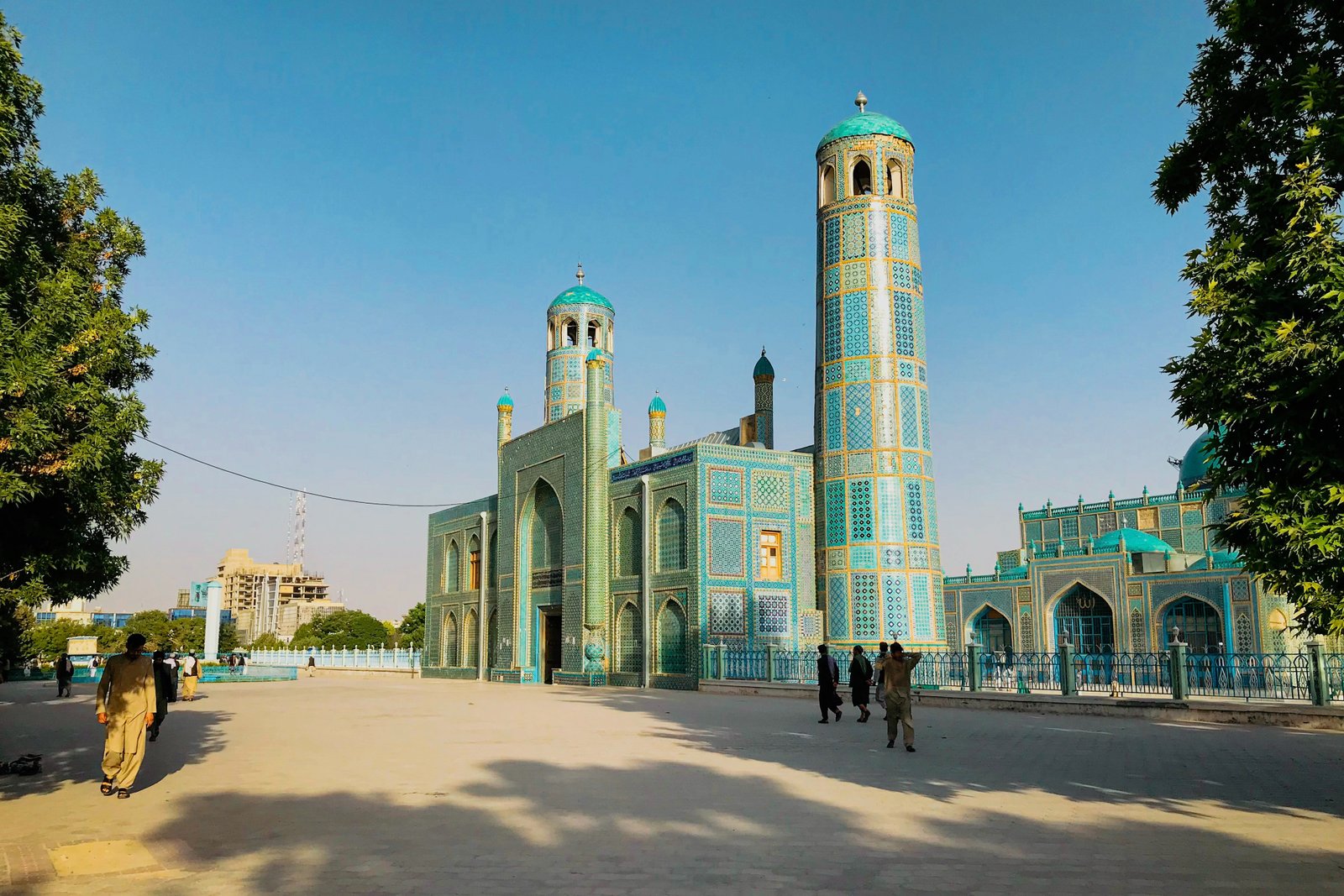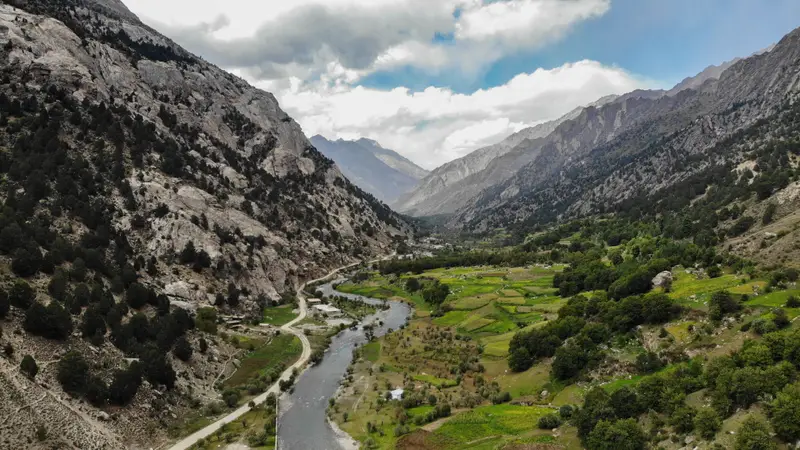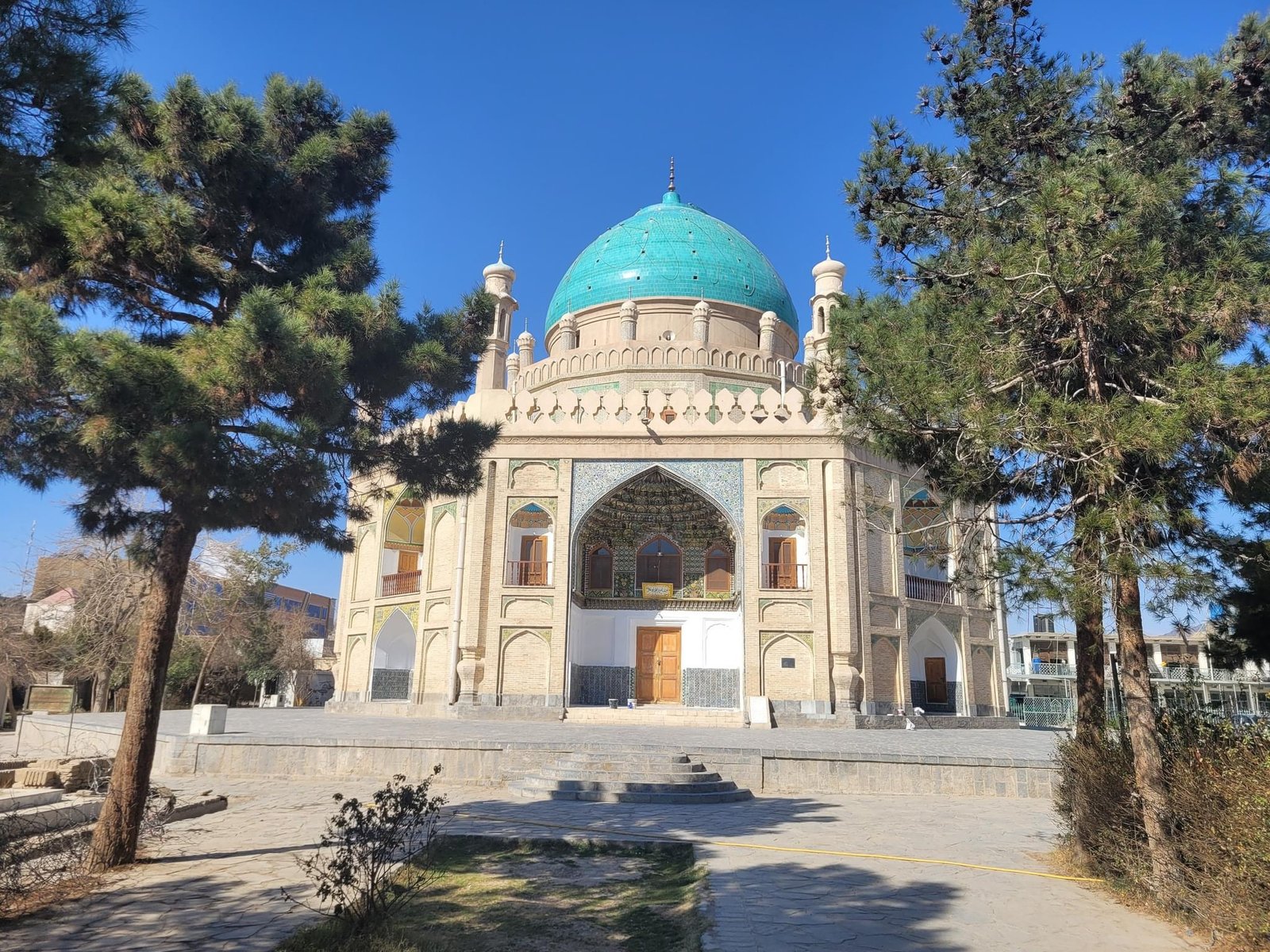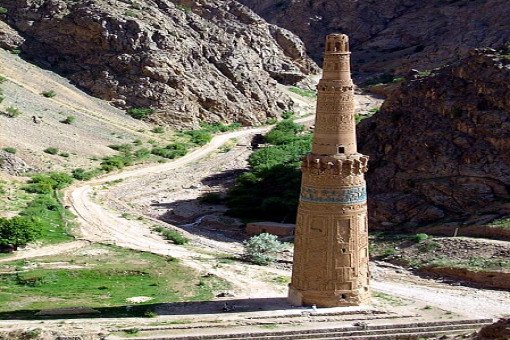
Minaret of Jam
Information
Ghor, also spelled Ghowr or Ghur, is one of the provinces of Afghanistan. It is located in the western Hindu Kush in central Afghanistan, towards the northwest. The province contains eleven districts, encompassing hundreds of villages, and approximately 764,472 settled people. Firuzkoh known as (Chaghcharan ) is the capital of the province.
Ghor, which was a part of Persia for many centuries in the past history, was one of the regions that participated in the Persian Cultural Revival after the Arab invasion of Persia. The name Ghor is a dialectal version of the Middle-Persian word gar meaning mountain. The same word is spelled as (Ghar) in the Pashto language.
Ghor was also the center of the Ghurid dynasty in the 12th and 13th centuries. The remains of their capital Firuzkuh, including the UNESCO World Heritage site the Minaret of Jam, are located in the province.
Top Sight of Ghor
Minaret of Jam
The 65m-tall Minaret of Jam is a graceful, soaring structure, dating back to the 12th century. Covered in elaborate brickwork with a blue tile inscription at the top, it is noteworthy for the quality of its architecture and decoration, which represent the culmination of an architectural and artistic tradition in this region. Its impact is heightened by its dramatic setting, a deep river valley between towering mountains in the heart of the Ghor province.
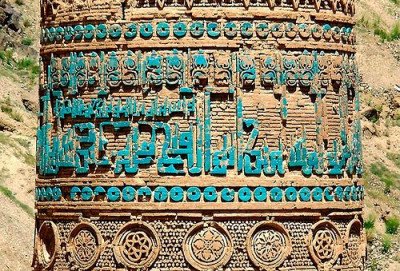
The Minaret of Jam is the second tallest ancient minaret in the world, coming behind only the Qutb Minar in Delhi. The tower is covered in elaborate designs: patterns of pentagons, hexagons, and diamonds, and a Kufic inscription in turquoise tiles. The minaret, a feature of Islamic architecture used to provide a vantage point for the call to prayer. It was built in 1194 by Sultan Ghiyath al-Din Muhammad and is composed of four cylindrical shafts made of fired bricks. The result is an impressive structure, rearing out of an otherwise desolate valley, made all the more intriguing to archaeologists by the fact that the city that must once have surrounded it is now buried. Due to conflict in the region beginning with the Soviet occupation in 1979 and continuing with the twenty-first-century intervention of American forces. A little archaeological work has been done at the site of the minaret that it has been the victim of extensive looting.

